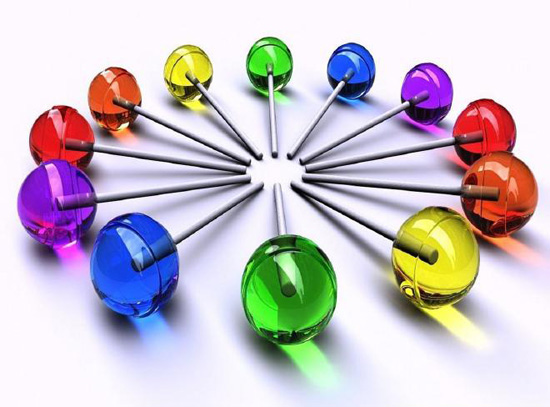The magic of circles and importance of design
- By Eugene Clark
 0 Comment(s)
0 Comment(s) Print
Print E-mail China.org.cn, July 25, 2013
E-mail China.org.cn, July 25, 2013

The older I get, the more I realize that I have too often taken so much for granted. I continue to discover that there is much intelligence even in the simplest things, and "especially" in the simplest things.
In my neighborhood, childhood games were typically played in circles. Early in primary school, we were placed in circles in the classroom, where we were taught how to share and take turns. In the playground and at birthday parties, many of our activities involved organizing ourselves into circles. Years later, when I was in ninth grade, my teacher spoke passionately about the power of geometry and the magic of "circles." In tenth grade, we studied Tennyson and read about King Arthur and the medieval magic of the "Knights of the Round Table."
The circle has been around and influenced human behavior even before the beginning of recorded history. Primitive men would have observed circles in their daily lives, such as the moon, sun, and pattern of seasons. The first humans would have wondered at the widening circular ripples made when a stone was thrown into a pond. The circle was at the basis of the amazing invention of the wheel, which made life much easier, mobile and led to many subsequent inventions. For example, during the Industrial Revolution, circular gears powered machineries in urban factories.
Plato's "Seventh Letter" contained a detailed definition and explanation of the circle. In mathematics, the study of the circle led to the development of geometry, calculus and astronomy. In architecture, the arc is the strongest structural shape because stress is distributed equally along the arc instead of concentrating at any one point.
Thanks to the study of the circle, words and concepts such as "arc," "center," "radius," "diameter," "sector," "semi-circle," "chord" and "tangent" entered the language and are applied far beyond mathematics.
Circles have an emotional appeal. Maynard James Keenan wrote, "A circle is the reflection of eternity. It has no beginning and it has no end – and if you put several circles over each other, then you get a spiral." American philosopher and essayist, Ralph Waldo Emerson observed that: "The life of man is a self-evolving circle, which, from a ring imperceptibly small, rushes on all sides outwards to new and larger circles, and that without end. The extent to which this generation of circles, wheel without wheel, will go, depends on the force or truth of the individual soul." Circles are associated with inclusion, wholeness, unity, perfection and infinity. Circles create a safe space, where even shy people can easily participate. Circles reflect the continuity between generations, the continuing cycle of life and death, as reflected by the famous Carter Family's song, "Can the Circle be Unbroken":
I was standing by the window
On one cold and cloudy day
And I saw the hearse come rolling
For to carry my mother away
Can the circle be unbroken
Bye and bye, Lord, bye and bye
There's a better home a-waiting
In the sky, Lord, in the sky






Go to Forum >>0 Comment(s)